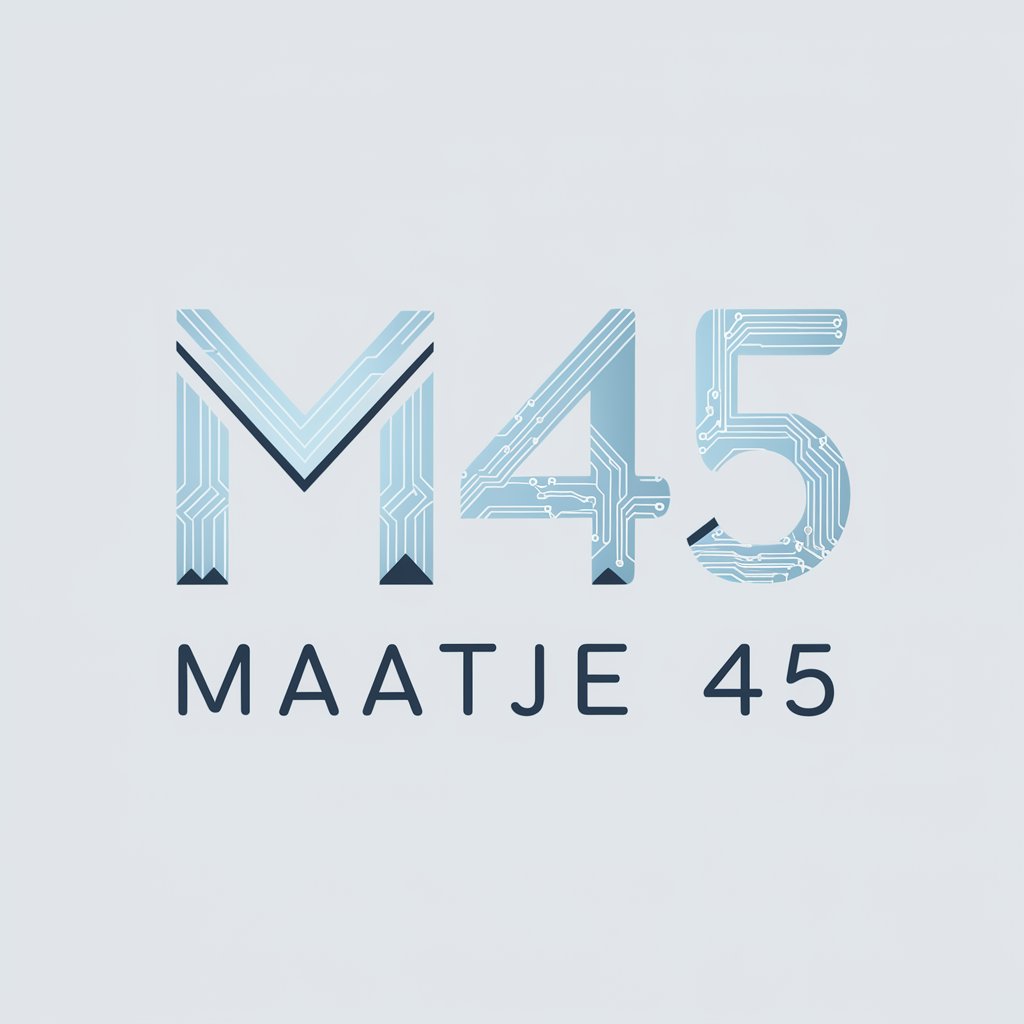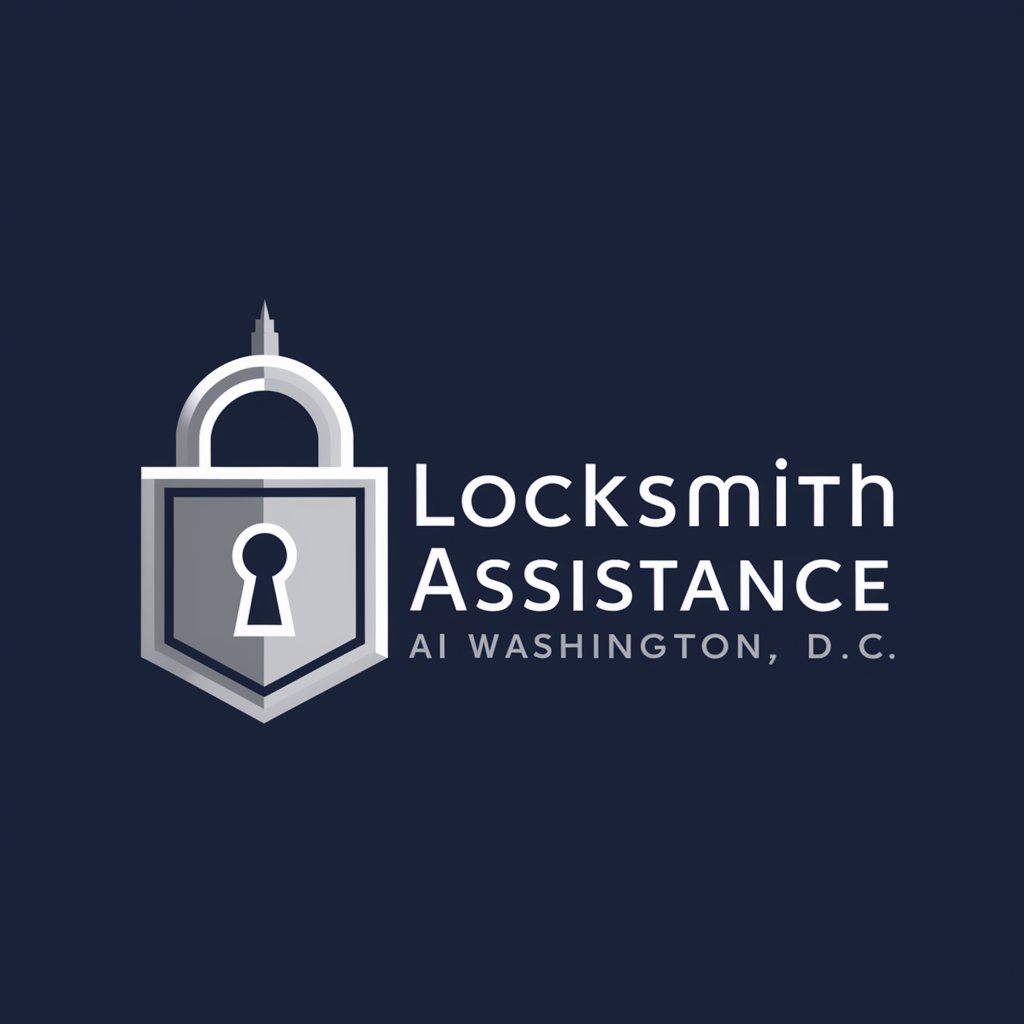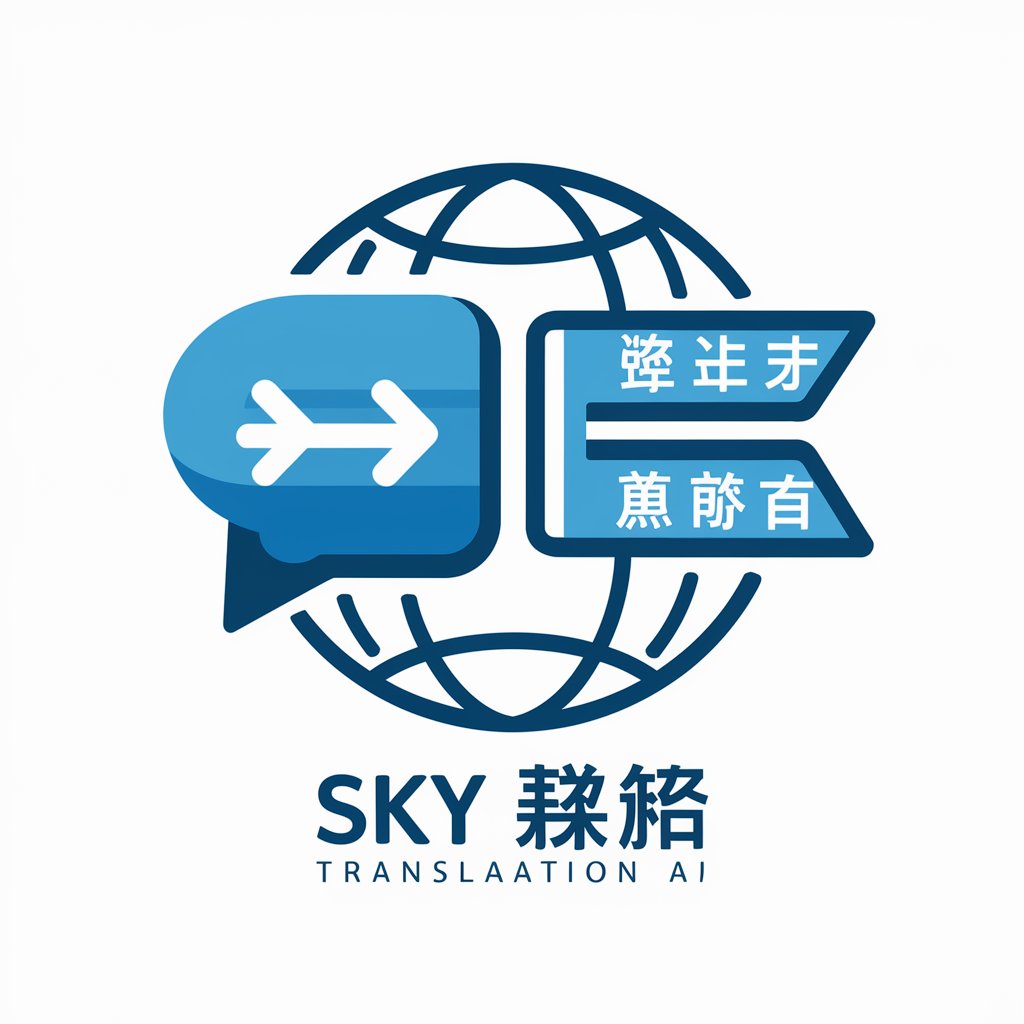TerraGuide - Terraform AI Assistant

Hello! Need help mastering Terraform? I'm here to assist.
Streamlining Terraform with AI
How do I set up Terraform for AWS?
Can you explain how to manage Terraform state?
What are best practices for creating reusable Terraform modules?
How can I troubleshoot common issues in Terraform scripts?
Get Embed Code
Introduction to TerraGuide
TerraGuide is designed as an advanced, specialized assistant dedicated entirely to Terraform, a powerful, open-source infrastructure as code software tool created by HashiCorp. It allows users to define and provision data center infrastructure using a high-level configuration language known as HashiCorp Configuration Language (HCL), or optionally JSON. TerraGuide's core purpose is to offer in-depth guidance on Terraform's setup, configuration, module creation, state management, and best practices tailored for various cloud platforms. It's built to assist users in navigating Terraform's complexities, providing solutions and advice for both common and advanced use cases. For example, TerraGuide can guide a user through the process of setting up Terraform for AWS, crafting modules for reusable infrastructure components, managing state files securely, and applying best practices for multi-environment setups. Powered by ChatGPT-4o。

Main Functions of TerraGuide
Setup and Configuration Guidance
Example
TerraGuide can walk you through the initial setup of Terraform, including installation, writing your first configuration files, and understanding Terraform's workflow.
Scenario
A user new to Terraform needs to deploy infrastructure on AWS. TerraGuide provides step-by-step instructions on installing Terraform, setting up AWS credentials, and writing a basic AWS configuration.
Module Creation and Usage
Example
TerraGuide helps users in designing, creating, and utilizing Terraform modules for reusable infrastructure as code components.
Scenario
An organization wants to standardize their cloud infrastructure across multiple projects. TerraGuide assists in creating a custom VPC module in Terraform that can be reused across these projects, ensuring consistency and efficiency.
State Management Advice
Example
TerraGuide offers strategies and best practices for managing Terraform's state, including remote state storage, state locking, and handling state in team environments.
Scenario
A team is collaborating on a Terraform project and needs to ensure that their state file is securely shared and locked during modifications. TerraGuide provides guidance on setting up remote state storage with locking using AWS S3 and DynamoDB.
Best Practices for Cloud Platforms
Example
TerraGuide provides tailored advice for using Terraform with different cloud platforms (AWS, Azure, Google Cloud), including specific services, security practices, and optimization tips.
Scenario
A company is deploying services across multiple cloud providers and seeks to optimize their infrastructure. TerraGuide advises on leveraging provider-specific resources and features, like Azure Managed Identity and Google Cloud's IAM roles, for secure and efficient deployments.
Ideal Users of TerraGuide Services
Infrastructure Engineers
Professionals responsible for managing and provisioning cloud resources who seek to automate and codify infrastructure setups. TerraGuide can help them streamline their workflows, ensure best practices, and reduce manual errors.
DevOps Teams
Teams aiming to implement infrastructure as code principles to foster a more efficient, collaborative, and agile development process. TerraGuide serves as a knowledge resource to adopt Terraform effectively, addressing common challenges and advanced scenarios alike.
Cloud Architects
Individuals designing cloud solutions and architectures who need to understand how to best leverage Terraform for creating scalable, secure, and maintainable cloud infrastructures. TerraGuide provides insights into complex configurations and multi-cloud strategies.
Security Professionals
Security experts focused on the secure deployment and management of cloud infrastructure. TerraGuide offers guidance on incorporating security best practices into Terraform configurations, such as managing secrets and using policy as code with tools like Sentinel.

How to Use TerraGuide
Access Free Trial
Begin by visiting yeschat.ai to explore TerraGuide with a free trial, no login or ChatGPT Plus subscription required.
Understand Terraform Basics
Familiarize yourself with Terraform's core concepts and terminology to maximize the utility of TerraGuide.
Identify Your Needs
Determine your specific Terraform challenges or goals, such as infrastructure as code, state management, or cloud automation.
Engage with TerraGuide
Use TerraGuide to ask specific questions or seek guidance on Terraform setup, module creation, and best practices.
Apply and Experiment
Apply the advice and code examples provided by TerraGuide in your Terraform projects, and don’t hesitate to experiment.
Try other advanced and practical GPTs
Poster Master
Design Your Vision with AI

Running meaning?
Empower your words with AI

Holistic Healing , Natural Health
Empowering natural health with AI

Maatje 45 meaning?
Empowering creativity and knowledge with AI.

Car Insurance Arlington, TX
Empowering Your Drive with AI

Car Insurance Oakland, CA
Streamlining Car Insurance with AI

Resume Architector
Craft Your Career Path with AI

World Conception Chatbot
Unlocking Steiner's Worldviews with AI

Car Insurance Cleveland, OH
Navigating Car Insurance with AI Ease

Locksmith Minneapolis, Minnesota AI Assistance
Unlocking Solutions with AI Power

CAASE
Refine. Adapt. Optimize. Ethically.

SKY·翻译机器人
Bridging Languages with AI Precision

TerraGuide Q&A
What is TerraGuide and how does it help with Terraform?
TerraGuide is an AI-powered assistant specializing in Terraform, offering detailed guidance on setup, configuration, module usage, and best practices for optimal infrastructure management.
Can TerraGuide assist with Terraform state management?
Yes, TerraGuide provides insights on managing Terraform state, including state locking, state backends, and strategies for state file security and efficiency.
How can beginners best utilize TerraGuide for learning Terraform?
Beginners should start with basic Terraform concepts and gradually explore more complex topics through TerraGuide's detailed explanations and examples, practicing with real-world scenarios.
Does TerraGuide support advice on cloud-specific Terraform implementations?
Absolutely, TerraGuide offers tailored advice for using Terraform with various cloud platforms, including AWS, Azure, and Google Cloud, covering provider-specific modules and services.
Can TerraGuide help troubleshoot common Terraform errors?
Yes, TerraGuide can help diagnose and resolve common Terraform errors, providing troubleshooting tips and corrective actions for issues like configuration mistakes and dependency errors.
